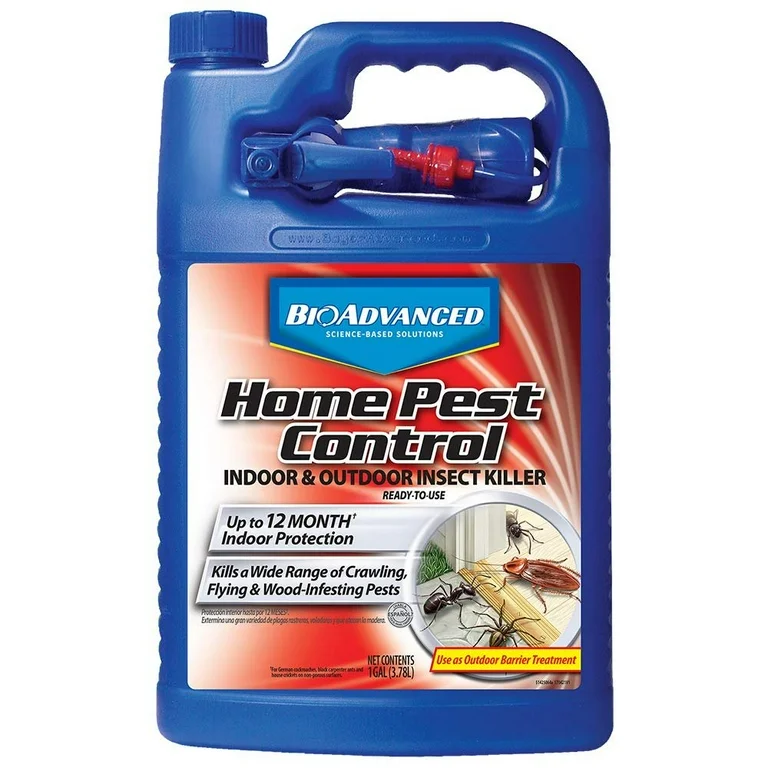Bed Bug Treatment Break Down: Comparing Chemical Vs. Non-Chemical Solutions
In the realm of pest control, particularly when managing the consistent problem of bed insects, the option in between chemical and non-chemical treatment services can be a critical one. Both methods provide distinctive benefits and drawbacks, influencing factors such as efficiency, safety and security considerations, and general price. By analyzing the nuanced information of each technique, a more clear understanding of which path to go after in resolving a bed bug invasion can be acquired.
Effectiveness of Chemical Treatments
Chemical treatments for bed bug problems have actually been extensively acknowledged for their fast and powerful efficiency in getting rid of these bugs. When thinking about the efficiency of chemical treatments, it is important to recognize that they can give a fast and extensive option to a bed insect problem.
Moreover, chemical therapies have the benefit of providing residual results, indicating that they can remain to eliminate bed bugs also after the preliminary application. This recurring action is especially useful in combating any type of prospective re-infestations. Furthermore, the fast action of chemical therapies can bring relief to individuals encountering serious bed bug problems, allowing them to reclaim control of their space rapidly.
Security Interest In Chemical Solutions
One vital facet that needs mindful factor to consider when using chemical solutions for bed bug treatment is making sure the safety and security of passengers and the setting. Exposure to certain chemicals utilized in bed insect treatments can lead to respiratory system issues, skin irritability, or various other adverse responses, specifically in individuals with pre-existing conditions or sensitivities.
Furthermore, the environmental effect of chemical options is one more considerable factor to consider. Some pesticides used in bed bug therapies might be dangerous to helpful bugs, wildlife, and ecosystems if they seep right into the soil or water systems. It is important to use chemical therapies carefully, following safety standards, and thinking about less poisonous alternatives to minimize these dangers and make sure the risk-free and reliable management of bed pest invasions.
Benefits of Non-Chemical Strategies
Thinking about the potential safety and security worries and environmental influence connected with chemical options for bed insect treatment, checking out non-chemical methods provides a promising alternative with several distinctive advantages. Non-chemical techniques use a more secure choice for houses, specifically those with family pets, people, or kids sensitive to rough chemicals. These strategies get rid of the threats of exposure to hazardous substances, decreasing the capacity for unfavorable health and wellness impacts. Additionally, non-chemical therapies are eco-friendly, as they do not add to air or water air pollution, making them a lasting selection for pest control.
Additionally, non-chemical options can be reliable in targeting bed insects, including hard-to-reach locations where chemical therapies may not penetrate - A1 bed bug exterminator charlotte. Methods such as heat treatment, vacuuming, vapor cleaning, Read Full Article and cushion coverings supply detailed obliteration without the usage of damaging chemicals.
Limitations of Non-Chemical Treatments

Furthermore, non-chemical therapies usually require several applications rodent exterminator near me to attain effective eradication. This can be time-consuming and may not always assure total elimination of all bed bugs and their eggs, especially in hard-to-reach or hidden locations.
Furthermore, the success of non-chemical therapies greatly counts on proper implementation and thoroughness, which can be testing for people without specialist competence. Poor application of non-chemical techniques might result in insufficient obliteration, resulting in relentless infestations and the requirement for extra treatments.
Consequently, while non-chemical therapies have their advantages, it is necessary to recognize these limitations and consider them when determining the most effective method for managing bed pest problems.
Price Comparison: Chemical Vs. Non-Chemical Options
Offered the restrictions connected with non-chemical treatments, a crucial aspect to evaluate in the context of bed bug monitoring is the expense contrast between chemical and non-chemical alternatives. In comparison, non-chemical therapies like heat treatment or vapor can be a lot more expensive, with expenses ranging from $1,000 to $6,000 for an entire home. While the first cost of chemical therapies might seem reduced, numerous therapies might be called for to totally eradicate the problem, potentially boosting the total price.
Verdict

Taking into consideration the prospective safety worries and ecological impact associated with chemical services for bed insect treatment, discovering non-chemical methods presents an encouraging option with numerous distinct benefits.Given the limitations associated with non-chemical treatments, a crucial facet to review in the context of bed pest monitoring is the expense contrast between chemical and non-chemical options. In contrast, non-chemical therapies like warm therapy or vapor can be much more costly, with expenses varying from $1,000 to $6,000 for a whole home. While the first price of chemical treatments might seem reduced, several treatments might be needed to completely eradicate the invasion, potentially increasing the total cost.In verdict, when comparing Read Full Report chemical and non-chemical bed pest therapy options, it is essential to think about efficiency, security, benefits, restrictions, and cost.